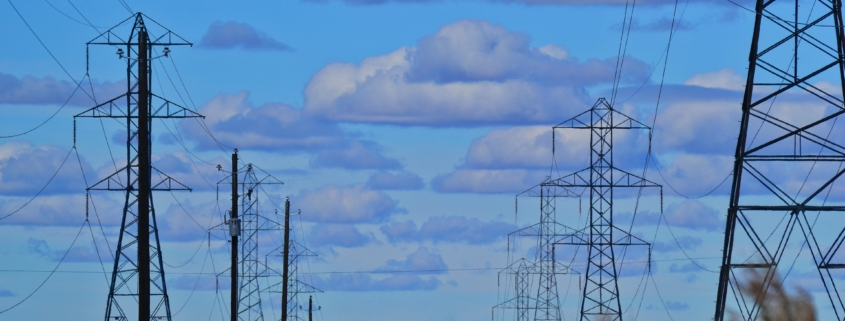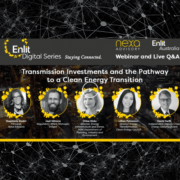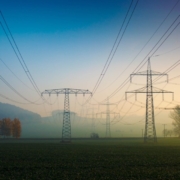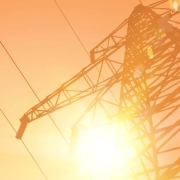Removing Transmission Roadblocks
This paper sets out possible solutions to the key roadblocks standing in the way of the new electricity transmission infrastructure that is urgently needed to ensure Australia’s clean energy transition.
Energy transition to low carbon emissions is critical to meeting our climate targets, to our energy security and supply stability, and to controlling and abating cost of living pressures on Australians. New investment in electricity transmission infrastructure is essential and is the missing link in Australia’s clean energy transition.
The recent decisions to accelerate closure of coal-fired power stations have established a critical need for investment in the construction of replacement supply side resources, including renewable generation and the transmission network capacity to connect these new resources.
Renewable power generation occurs largely in different (and often remote) locations to existing power stations. As such, new transmission infrastructure is required to connect it to the national grid. However, there are two key roadblocks to investment in and construction of new transmission which have yet to be properly addressed.
First, the significant upfront capital cost and economic risks of building this infrastructure are a barrier to investment, even with state and federal government support. This is because, currently, investment in regulated transmission infrastructure is funded solely by electricity consumers and falls to the specific regional Transmission Network Service Providers (TNSP’s) to plan and coordinate investments, despite the fact that the benefits of extending the national grid in this way accrue to all Australians.
Second, the current regulatory process for building regulated infrastructure is not fast enough to deliver the given the level of capacity required (we need to build 25% of the current grid in the next 10 years). It does not consider environmental and social costs and benefits, and prior to the Integrated System Plan (ISP) has not been required to take the necessary system-wide planning approach.
The problems are clear, and it is time to work together on solutions. In this paper, Nexa Advisory demonstrates the problems with the current approach and offers potential solutions with the aim of facilitating collaboration on delivering meaningful resolutions.
Roadblock 1- who pays: Governments, state and federal, should develop mechanisms to support investment in the build of new transmission assets, including lower cost funding sources. Alternatively, governments could initially fund these projects and subsequently sell to a transmission asset owner, once they are operational and generating benefits in the National Electricity Market (NEM). This would reduce financial risk for investors, reduce costs and economic risks to consumers, share costs with all beneficiaries, and unlock a funding pipeline for asset ownership.
Roadblock 2- approvals processes: The current reliance of the actionable ISP rules on the Regulatory Investment Test for Transmission (RIT-T) presents a fundamental hurdle in delivering new transmission in time. Governments, state and federal, should urgently seek a review of the need for the RIT-T in justifying ISP projects. Any new approach would still need to allow customers the certainty that any new transmission had benefits beyond the costs.
Additionally, state and territory governments have a critical role in expediting state-based planning approvals and can ensure new transmission projects can progress rapidly, potentially through the expansion of the remit for existing institutions.









